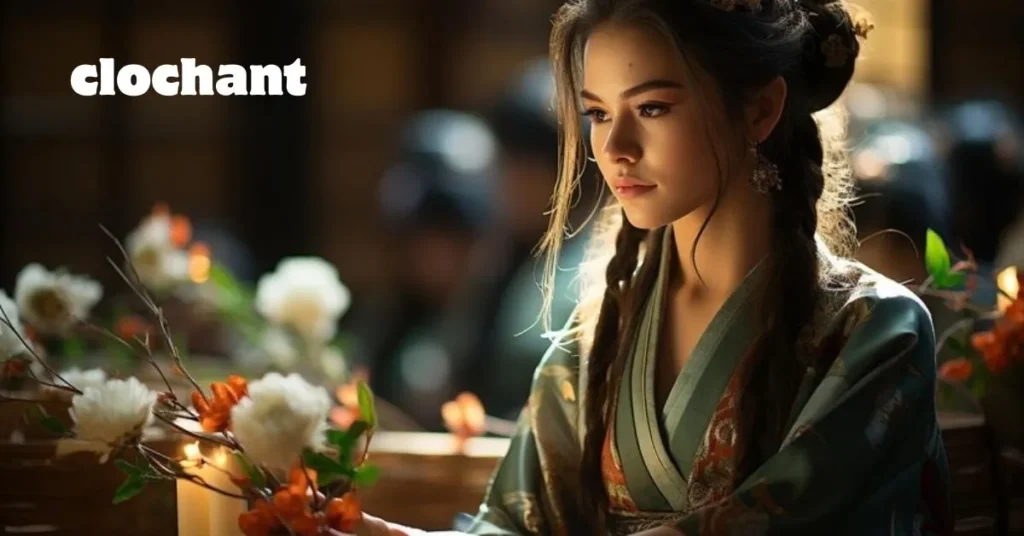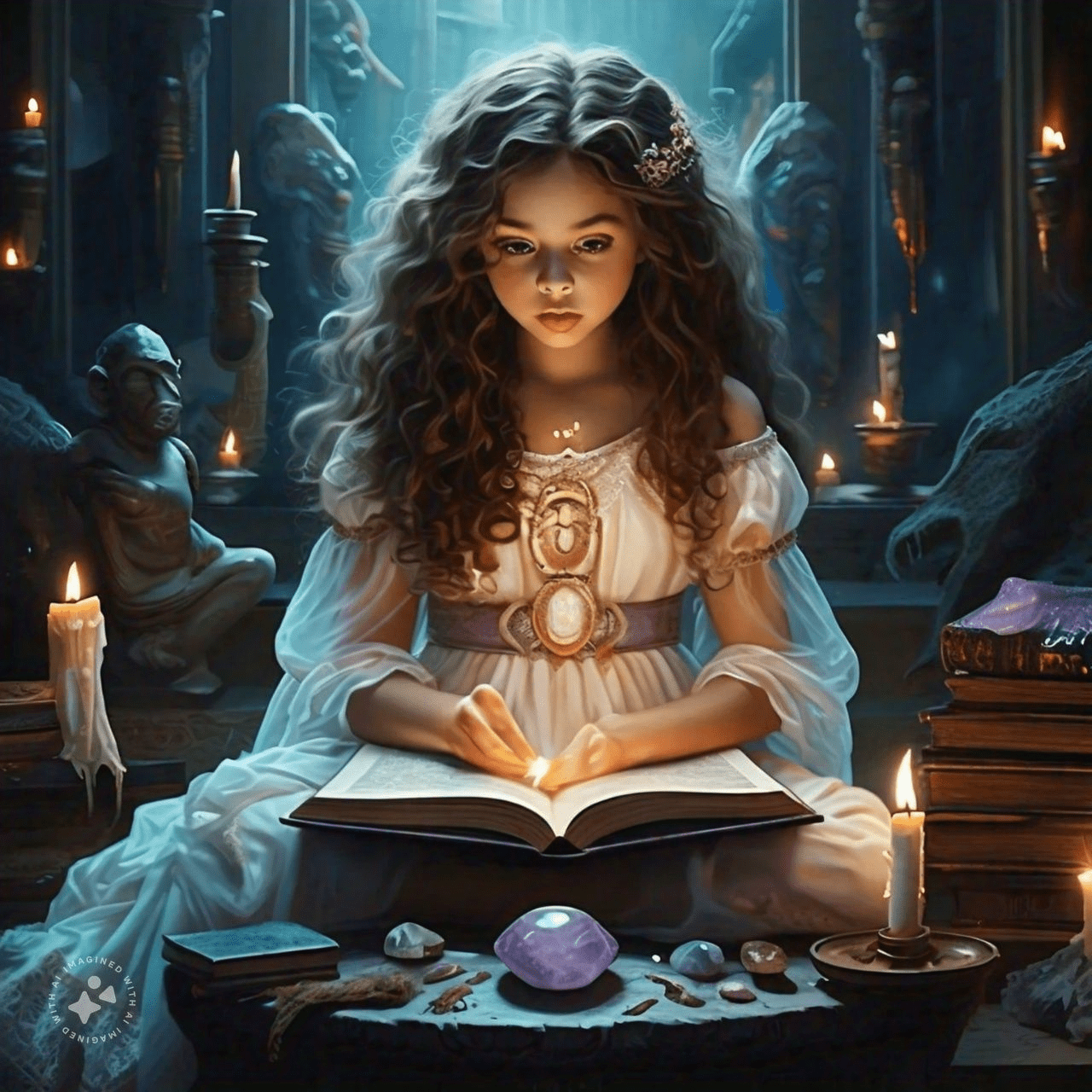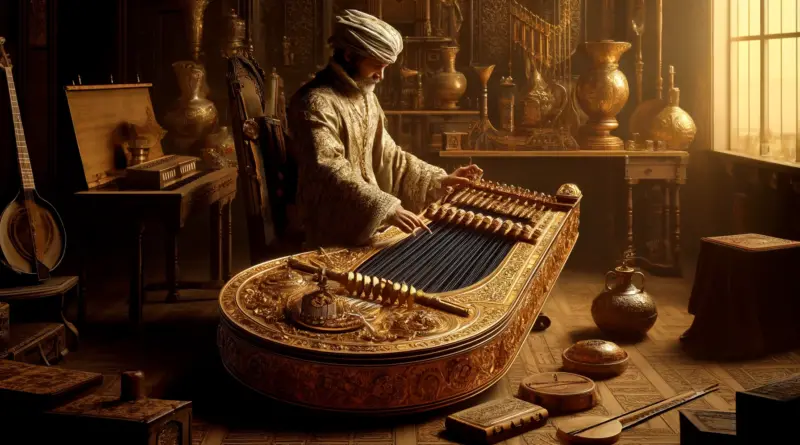Introduction
In the dynamic world of fashion and design, a new trend called Clochant has emerged, captivating style enthusiasts around the globe. Clochant is a compelling blend of classic elegance and modern flair, poised to dominate the fashion scene in 2024. This article provides an in-depth exploration of Clochant, tracing its origins, examining current trends, and uncovering the inspirations driving this innovative style movement.
The Origins of Clochant

Historical Roots
Clochant derives its name from the French word “cloche,” meaning bell, symbolizing the connection to traditional craftsmanship. Originating in the picturesque villages of southern France, Clochant began as a movement among local artisans dedicated to preserving their cultural heritage while incorporating modern design principles. Inspired by the gentle curves of church bells and the flowing lines of Art Nouveau, these craftsmen began integrating these elements into their creations, ranging from clothing to home decor.
Evolution of Clochant
Initially, Clochant remained a relatively obscure regional style, appreciated by a niche audience but largely unknown globally. The turning point came in the early 2000s when a young French designer, Amélie Beaumont, discovered Clochant during a visit to her grandmother’s village. Enchanted by its unique aesthetic, Beaumont started incorporating elements of Clochant into her designs, which she showcased at Paris Fashion Week in 2015. The fashion world was instantly captivated, and Clochant’s blend of nostalgic charm and modern sensibility resonated deeply, sparking a global interest.
Key Elements of Clochant Style
Curved Lines and Organic Shapes
At the heart of Clochant lies a profound appreciation for natural, flowing forms. Characterized by sweeping lines and organic shapes, Clochant designs evoke a sense of movement and grace. In fashion, this translates to garments with soft, rounded shoulders, billowing sleeves, and skirts that sway with every step. In interior design, furniture with smooth, curved edges and decor items that favor fluid forms over sharp angles are typical of the Clochant aesthetic.
Muted Color Palettes with Pops of Vibrancy
Clochant’s color scheme balances muted, earthy tones with vibrant accents. The base palette includes soft greys, warm beiges, and dusty blues, serving as a canvas for carefully selected pops of vibrant color inspired by the wildflowers of the French countryside. This interplay between calm and vibrant hues creates a visual rhythm that is both soothing and energizing.
Textural Interplay
Texture plays a vital role in Clochant design, celebrating the tactile nature of materials by combining different textures to create depth and interest. In fashion, a silk blouse might be paired with a wool cardigan, while in home decor, a plush velvet throw pillow might sit atop a raw linen sofa. This textural interplay adds richness and dimension to Clochant designs.
Artisanal Craftsmanship
Clochant places a high value on artisanal craftsmanship. Hand-made items, whether clothing, accessories, or home goods, are prized for their uniqueness and the skill involved in their creation. This emphasis on craftsmanship results in high-quality, long-lasting pieces and supports local artisans, preserving traditional skills and countering the disposable nature of fast fashion and mass-produced goods.
Clochant in Fashion: Trends for 2024

Flowy Silhouettes and Layered Looks
In 2024, Clochant fashion embraces fluidity with flowy dresses, wide-leg pants, and oversized blouses that create a sense of graceful movement. Layering is key, with lightweight, sheer fabrics used to add depth and interest. Examples include a diaphanous silk shirt layered over a fitted camisole or a flowing maxi dress paired with a structured, cropped jacket.
Sustainable Materials and Practices
Reflecting global concerns about sustainability, Clochant leads in eco-friendly fashion. Designers increasingly use sustainable materials like organic cotton, Tencel, and recycled polyester. The slow fashion ethos, inherent in Clochant’s artisanal roots, gains renewed emphasis with brands producing smaller collections of high-quality, timeless pieces designed to last.
Bell-Inspired Accessories
Accessories in 2024 draw direct inspiration from the bell shapes that give Clochant its name. Expect to see bell-shaped handbags, gently curving earrings, and shoes with uniquely rounded toes. These accessories often feature mixed materials, such as a leather bag with a wooden handle or metal earrings inlaid with colorful enamel, showcasing Clochant’s love of textural interplay.
Reinterpreted Traditional Patterns
While Clochant typically favors solid colors, 2024 sees a resurgence of traditional patterns reinterpreted for the modern age. Classic French toile might be given a contemporary twist with unexpected color combinations, or subtle jacquard weaves might add depth to seemingly solid-colored fabrics. These patterns are used sparingly, maintaining Clochant’s signature balance between simplicity and visual interest.
Clochant in Interior Design: Home Trends for 2024

Curved Furniture and Organic Layouts
Clochant’s influence in interior design is evident in furniture shapes and room layouts. Curved sofas, round dining tables, and organically shaped rugs are hallmarks of Clochant interiors. Room layouts are moving away from rigid, boxy arrangements towards more fluid, circular groupings that encourage conversation and create a sense of flow throughout the space.
Natural Materials and Textures
Clochant’s connection to nature is reflected in its use of natural materials. In 2024, expect to see warm woods, natural stone, and organic textiles like linen and wool. These materials are often left in their natural state or minimally processed to showcase their inherent beauty, embodying the Clochant balance between rustic and refined.
Artisanal Decor and Functional Art
The line between art and functionality blurs in Clochant interiors. Handcrafted items that serve practical purposes while also being aesthetically pleasing are highly valued. This might include a hand-thrown ceramic vase that doubles as a table lamp or an intricately woven wall hanging that also serves as a sound buffer, adding visual interest and storytelling to the home.
Biophilic Design Elements
Clochant’s connection to nature includes living elements. Biophilic design, which seeks to connect building occupants more closely to nature, fits naturally with Clochant principles. In 2024, expect to see more indoor plants, living walls, and small indoor water features in Clochant-inspired homes. These elements enhance visual interest and contribute to a sense of well-being and connection to the natural world.
Clochant Lifestyle: Beyond Fashion and Decor

Slow Living and Mindfulness
The Clochant aesthetic embraces a way of life that emphasizes slower, more mindful living. This manifests in various ways, from home-cooked meals using locally sourced ingredients to daily rituals like afternoon tea or evening walks. The goal is to create moments of pause and appreciation in our often hectic lives.
Embracing Imperfection: Wabi-Sabi Influences
Clochant shares philosophical common ground with the Japanese concept of wabi-sabi, which finds beauty in imperfection and impermanence. This appreciation is evident in handmade items with slight irregularities or materials that patina and change over time. In 2024, this philosophy extends to personal style, favoring a more natural, lived-in aesthetic.
Community and Connection
In our increasingly digital world, Clochant values real-world connections and community. This can manifest in supporting local artisans and businesses, participating in community events, or making time for face-to-face interactions with friends and family. In the Clochant lifestyle, technology enhances real-world experiences rather than replacing them.
Sustainable Living Practices
Sustainability, already a key factor in Clochant fashion and design, extends to all aspects of the Clochant lifestyle, including reducing waste and energy consumption and supporting ethical and sustainable businesses. In 2024, Clochant-inspired community initiatives like neighborhood composting programs, tool-sharing libraries, and local produce co-ops are on the rise.
Clochant Around the World: Global Interpretations
Clochant in Asia: A Blend of East and West
As Clochant spreads globally, it takes on unique characteristics in different regions. In Asia, Clochant melds with local design traditions to create an East-meets-West aesthetic. In Japan, Clochant’s curved lines and natural materials align with traditional Japanese design principles, combining flowing forms with minimalist ethos. In India, Clochant’s muted base palettes are enlivened with vibrant colors typical of Indian design, resonating with India’s rich tradition of handmade textiles and goods.
Clochant in the Americas: New World Flair
In North and South America, Clochant is interpreted through the continent’s diverse cultural heritage and natural landscapes. In the United States, Clochant merges with the mid-century modern revival, combining organic shapes with clean lines and functional focus. In Brazil, Clochant’s nature-inspired elements are influenced by the lush rainforests and vibrant culture, resulting in furniture crafted from exotic hardwoods and textiles incorporating traditional Brazilian patterns.
Clochant in Africa: Celebrating Heritage
In Africa, Clochant celebrates traditional craftsmanship while participating in global design trends. In countries like Ghana and Nigeria, artisans apply Clochant principles to traditional textile techniques, creating a fusion of West African patterns and colors with Clochant’s flowing forms. In South Africa, Clochant intersects with the country’s vibrant design scene, blending European refinement with African boldness.
Clochant in Australia and Oceania: Coastal Inspiration
In Australia and Oceania, Clochant adopts a beachy vibe, influenced by the region’s connection to the ocean. Australian Clochant interiors incorporate native woods and stones, and fashion blends Clochant’s flowing silhouettes with practical, beach-friendly materials.
The Future of Clochant: Predictions and Possibilities
Technology Meets Tradition
One of the most exciting prospects for Clochant is the integration of modern technology with traditional craftsmanship. Emerging “smart” Clochant pieces might include handwoven textiles embedded with conductive threads for controlling lighting or artisanal ceramics with built-in speakers. This fusion of old and new adds functionality to beautiful objects and helps preserve traditional crafts by making them relevant in our digital age.
Technology Meets Tradition
One of the most exciting prospects for Clochant is the integration of modern technology with traditional craftsmanship. Emerging “smart” Clochant pieces might include handwoven textiles embedded with conductive threads for controlling lighting or artisanal ceramics with built-in speakers. This fusion of old and new adds functionality to beautiful objects and helps preserve traditional crafts by making them relevant in our digital age.
Augmented Reality and Virtual Fashion
As technology continues to advance, augmented reality (AR) and virtual fashion will become integral to Clochant. AR applications can allow customers to visualize Clochant decor in their homes before purchasing or virtually try on clothing. Virtual fashion shows and online platforms will showcase Clochant designs to a global audience, democratizing access to high fashion and design.
Sustainable Innovation
Clochant’s commitment to sustainability will drive further innovation. Future developments might include biodegradable materials, zero-waste production techniques, and even regenerative design, where products are created to have a positive environmental impact. These advancements will position Clochant as a leader in sustainable fashion and design.
Global Collaborations and Cultural Exchange
As Clochant continues to evolve, global collaborations and cultural exchanges will play a significant role. Designers from different parts of the world will infuse Clochant with their unique cultural elements, creating a richer and more diverse style. These collaborations will not only enhance the aesthetic appeal of Clochant but also promote cross-cultural understanding and appreciation.
Personalization and Customization
Future Clochant products will likely offer more personalization and customization options. Advances in manufacturing technology, such as 3D printing, will allow for bespoke designs tailored to individual preferences. This personalization will extend beyond fashion to include home decor and lifestyle products, ensuring that each piece is unique to the owner.
Conclusion
Clochant is more than just a trend; it is a movement that blends the past and the present, tradition and innovation. With its origins in the charming villages of southern France, Clochant has evolved into a global phenomenon, influencing fashion, interior design, and lifestyle practices. As we look to the future, Clochant’s commitment to sustainability, craftsmanship, and mindful living will continue to inspire and shape the way we live and dress. Embracing Clochant means celebrating the beauty of natural forms, the richness of artisanal work, and the potential for a more sustainable and connected world.

